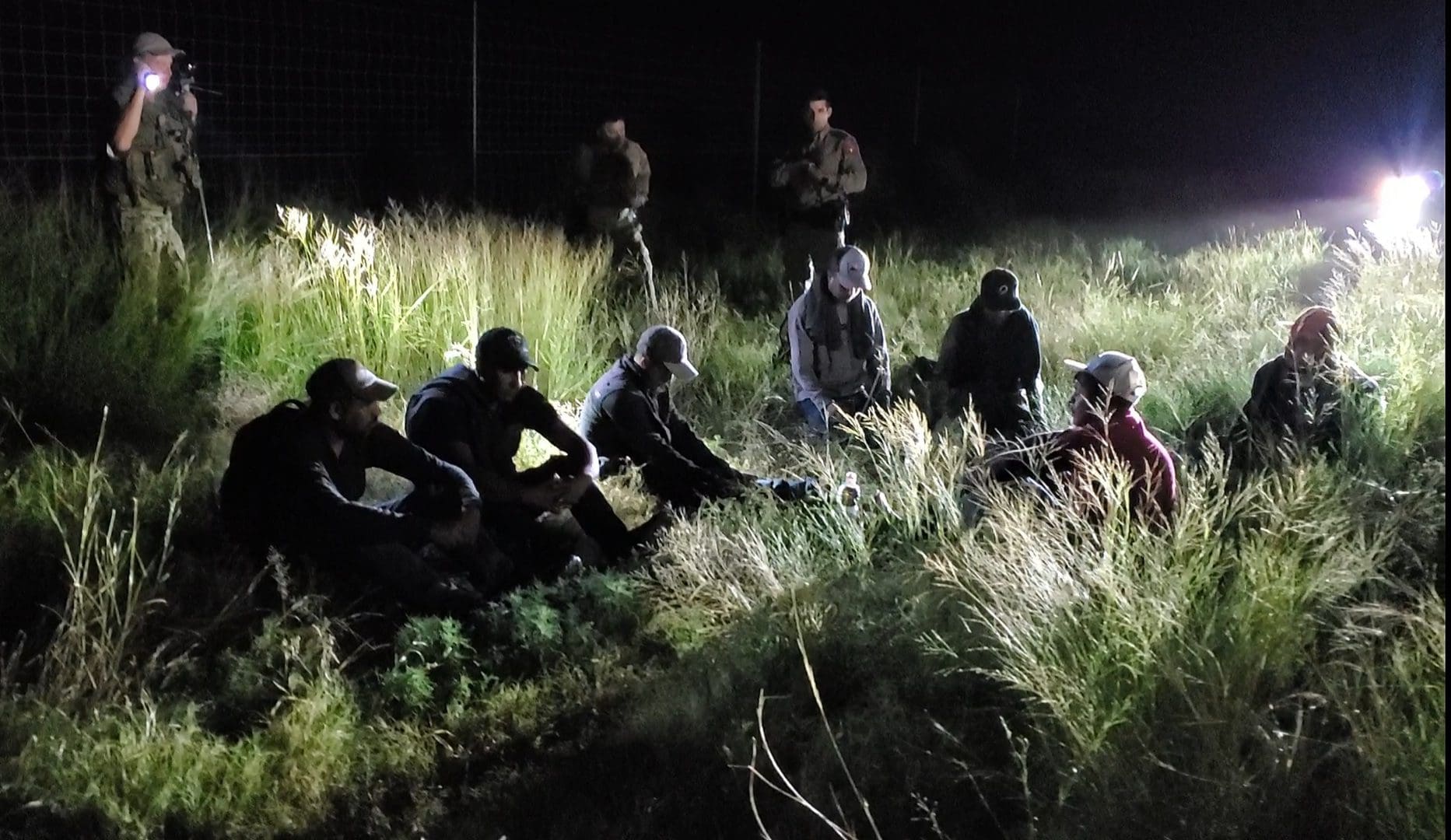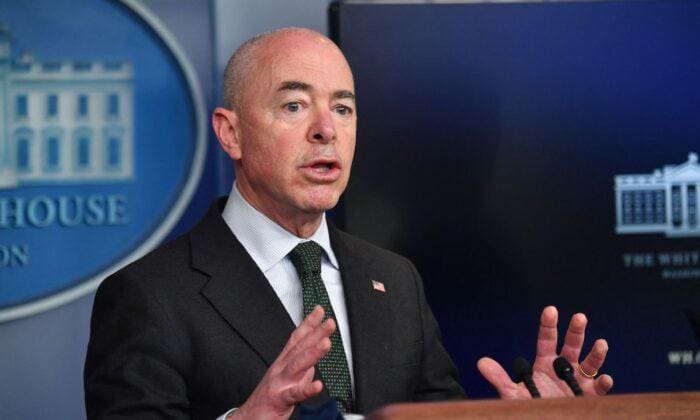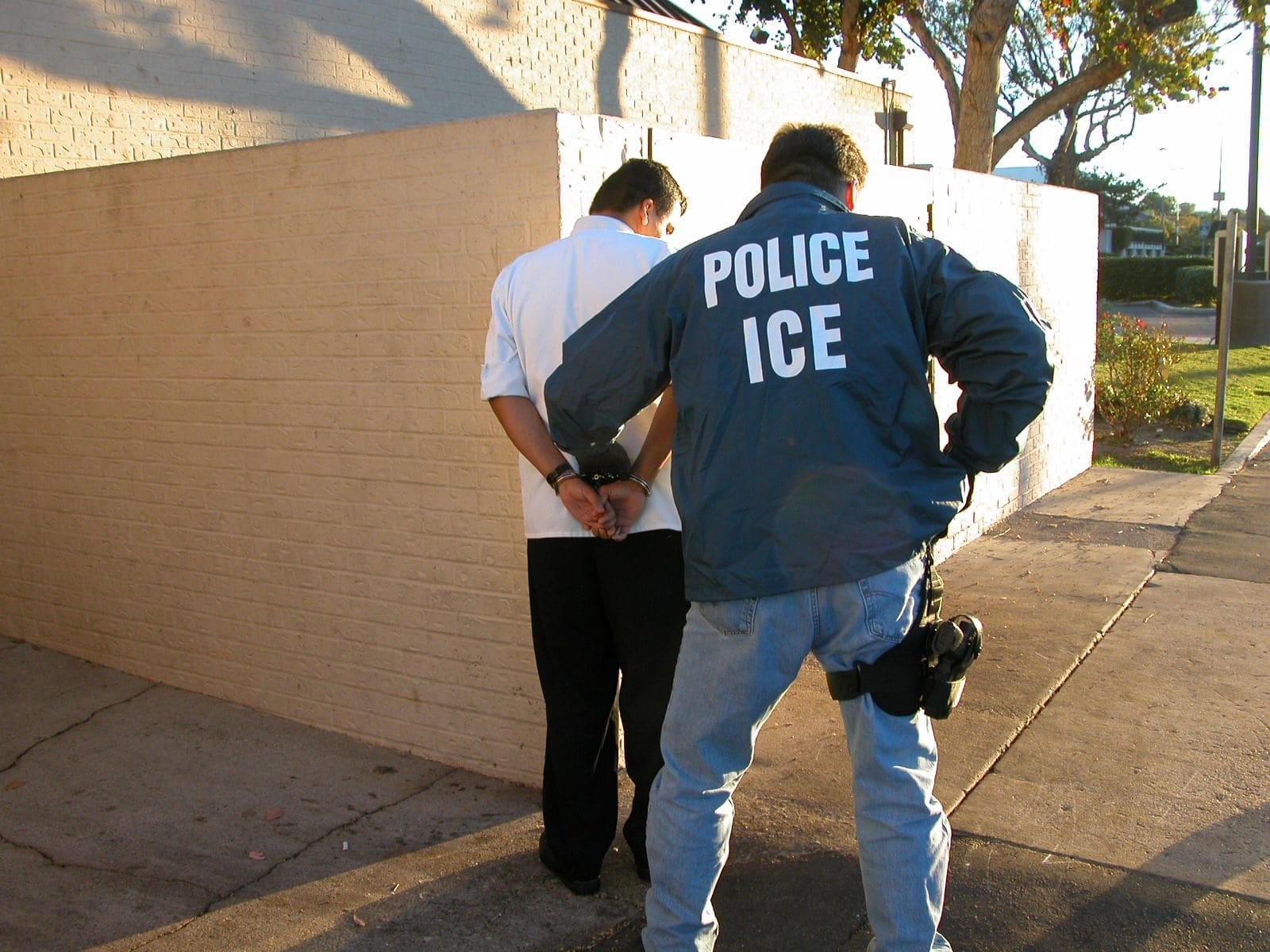The Trump Administration has begun focusing on combatting the drug-cartel trade in the United States, but some worry that the border security effort isn’t yet enough.
Recently the administration allotted $2.3 million in funding for “Operation Secure Texas,” a border-security project with the assistance of the Texas Department of Public Safety, the Texas National Guard and federal law enforcement until the end of this fiscal year on Sept. 30.
Gov. Greg Abbott announced on July 17 that Texas National Guardsmen and women currently serving under “Operation Secure Texas” will transition to federal orders beginning in late July.
In a written statement Abbott said, “the taxpayers of Texas have funded border security, a federal responsibility, for far too long…I am grateful that the federal government and Congressional appropriators are stepping up and dedicating additional resources to provide for the safety and security of all Texans.”
However, $2.3 million is pennies compared to the nearly $3 billion spent by Texas on border security operations since 2013. Yet again, the 85th Texas Legislature appropriated another $800 million in border security efforts for the next two years.
In May, the legislature unanimously passed HCR 52 expressing frustration and “dissatisfaction with the federal government’s inadequate efforts to secure the Texas-Mexico International border,” and respectfully urging it to “reimburse the state of Texas $2.8 billion for bearing the financial burden of the federal government’s responsibility.”
The U.S.-Mexico border is approximately 1,954 miles long, with 1,254 miles shared between Texas and Mexico alone. With fourteen Texas counties sharing a border with Mexico, it comes as no surprise that Texas has become ground zero in border security.
The Texas National Guard will receive funding for readiness training to support the Texas Department of Public Safety in combatting criminal elements along the Rio Grande River and preventing illegal international crossings.
We can thank the Obama administration for the problem worsening, with their implementation of “catch-and-release” policies. Furthermore, the Trump administration has quietly continued these procedures as Congress has remained in gridlock in securing the border effectively.
According to the Texas Department of Public Safety, Starr and Hidalgo counties are home to the most active smuggling routes in our state.
“It’s good that the Trump administration is funding the Texas National Guard,” said Chris Cabrera, vice president of the National Border Patrol Council Local Union (RGV) 3307, in an interview with Texas Scorecard. “The border needs to be secured. However, we must put an end to ‘catch-and-release’ or the same issues we’ve had for the past three years will return.”
Data proves that the number of detainees has been reduced, but the program is still ongoing.
“‘Catch-and-release’ is going strong. Hundreds daily. President Trump announced the end of ‘catch-and-release,’ however nothing was ever finalized on paper. It was never ended as far as policy creation. The word has gotten out and the numbers are reflecting it,” Cabrera states.
As Congress is gridlocked over passing legislation to build a border wall, the federal government is legally obligated to provide sufficient border security and enforcement of immigration policies. While Texas, as well as other border states, are receiving federal reimbursement in security-readiness training programs, it remains inadequate as Texas taxpayers are forced to pay three-fold for border security – through federal, state, and local taxes.




